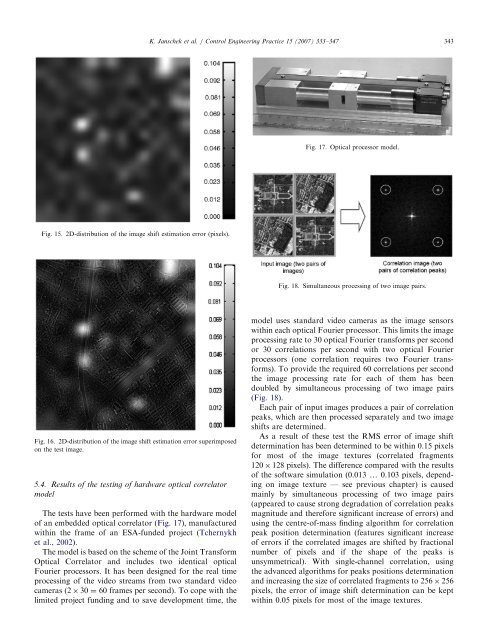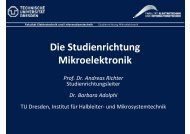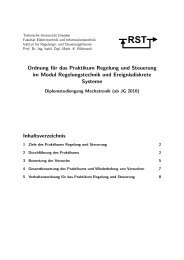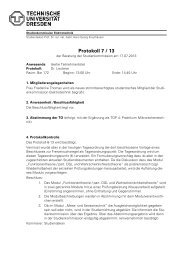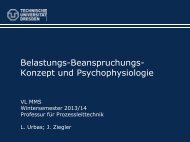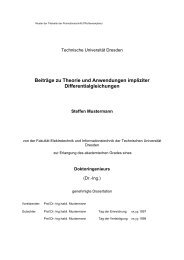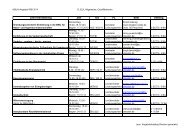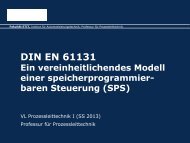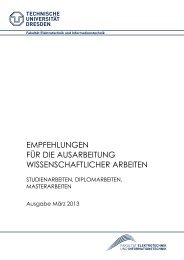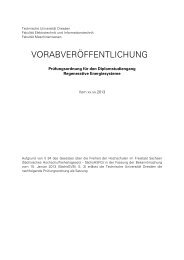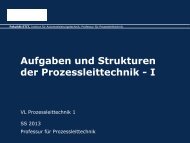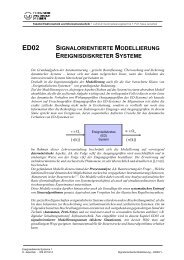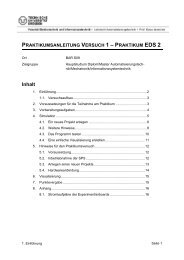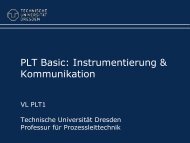Performance analysis of opto-mechatronic image stabilization for a ...
Performance analysis of opto-mechatronic image stabilization for a ...
Performance analysis of opto-mechatronic image stabilization for a ...
Create successful ePaper yourself
Turn your PDF publications into a flip-book with our unique Google optimized e-Paper software.
Fig. 15. 2D-distribution <strong>of</strong> the <strong>image</strong> shift estimation error (pixels).<br />
Fig. 16. 2D-distribution <strong>of</strong> the <strong>image</strong> shift estimation error superimposed<br />
on the test <strong>image</strong>.<br />
5.4. Results <strong>of</strong> the testing <strong>of</strong> hardware optical correlator<br />
model<br />
The tests have been per<strong>for</strong>med with the hardware model<br />
<strong>of</strong> an embedded optical correlator (Fig. 17), manufactured<br />
within the frame <strong>of</strong> an ESA-funded project (Tchernykh<br />
et al., 2002).<br />
The model is based on the scheme <strong>of</strong> the Joint Trans<strong>for</strong>m<br />
Optical Correlator and includes two identical optical<br />
Fourier processors. It has been designed <strong>for</strong> the real time<br />
processing <strong>of</strong> the video streams from two standard video<br />
cameras (2 30 ¼ 60 frames per second). To cope with the<br />
limited project funding and to save development time, the<br />
ARTICLE IN PRESS<br />
K. Janschek et al. / Control Engineering Practice 15 (2007) 333–347 343<br />
Fig. 17. Optical processor model.<br />
Fig. 18. Simultaneous processing <strong>of</strong> two <strong>image</strong> pairs.<br />
model uses standard video cameras as the <strong>image</strong> sensors<br />
within each optical Fourier processor. This limits the <strong>image</strong><br />
processing rate to 30 optical Fourier trans<strong>for</strong>ms per second<br />
or 30 correlations per second with two optical Fourier<br />
processors (one correlation requires two Fourier trans<strong>for</strong>ms).<br />
To provide the required 60 correlations per second<br />
the <strong>image</strong> processing rate <strong>for</strong> each <strong>of</strong> them has been<br />
doubled by simultaneous processing <strong>of</strong> two <strong>image</strong> pairs<br />
(Fig. 18).<br />
Each pair <strong>of</strong> input <strong>image</strong>s produces a pair <strong>of</strong> correlation<br />
peaks, which are then processed separately and two <strong>image</strong><br />
shifts are determined.<br />
As a result <strong>of</strong> these test the RMS error <strong>of</strong> <strong>image</strong> shift<br />
determination has been determined to be within 0.15 pixels<br />
<strong>for</strong> most <strong>of</strong> the <strong>image</strong> textures (correlated fragments<br />
120 128 pixels). The difference compared with the results<br />
<strong>of</strong> the s<strong>of</strong>tware simulation (0.013 y 0.103 pixels, depending<br />
on <strong>image</strong> texture — see previous chapter) is caused<br />
mainly by simultaneous processing <strong>of</strong> two <strong>image</strong> pairs<br />
(appeared to cause strong degradation <strong>of</strong> correlation peaks<br />
magnitude and there<strong>for</strong>e significant increase <strong>of</strong> errors) and<br />
using the centre-<strong>of</strong>-mass finding algorithm <strong>for</strong> correlation<br />
peak position determination (features significant increase<br />
<strong>of</strong> errors if the correlated <strong>image</strong>s are shifted by fractional<br />
number <strong>of</strong> pixels and if the shape <strong>of</strong> the peaks is<br />
unsymmetrical). With single-channel correlation, using<br />
the advanced algorithms <strong>for</strong> peaks positions determination<br />
and increasing the size <strong>of</strong> correlated fragments to 256 256<br />
pixels, the error <strong>of</strong> <strong>image</strong> shift determination can be kept<br />
within 0.05 pixels <strong>for</strong> most <strong>of</strong> the <strong>image</strong> textures.


